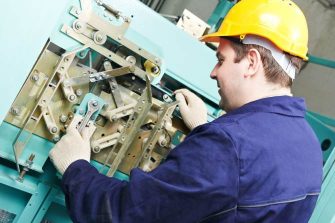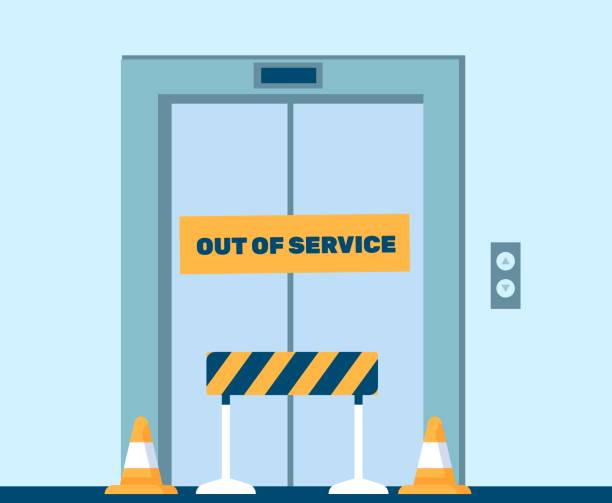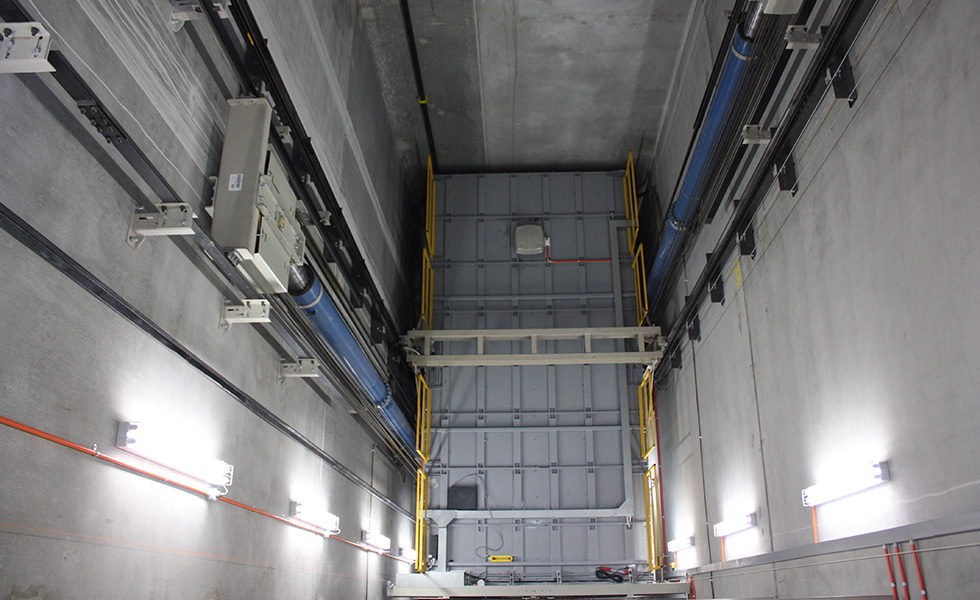Discover Professional Lift Maintenance Services: Best Lift Repair Companies Near Me
Discover Professional Lift Maintenance Services: Best Lift Repair Companies Near Me
Blog Article
Comprehensive Guide to Lift Systems and Their Maintenance
Navigating the intricate globe of elevator systems and their maintenance is a job that demands accuracy and understanding. From the various sorts of elevator systems being used to the precise adherence to safety and security guidelines, the upkeep of these upright transportation tools is a diverse endeavor. As structures soar greater and innovation advancements, the need for a detailed understanding of elevator systems comes to be increasingly essential. Join us as we untangle the complexities of lift maintenance, discovering common concerns, best techniques, and advanced modern technologies that shape the contemporary landscape of upright transportation.
Kinds Of Elevator Solutions
Lift systems can be found in various types, each made to match details building requirements and individual demands. One of the most common kinds include hydraulic elevators, traction elevators, machine-room-less lifts, and vacuum cleaner lifts. Hydraulic lifts are perfect for low-rise structures and utilize a hydraulic piston to move the lift car. Grip elevators, on the other hand, are a lot more fit for skyscrapers and use steel ropes and counterweights to move the vehicle. Machine-room-less elevators are a space-saving choice as they do not need a different equipment area for the lift equipment. Vacuum cleaner lifts, an extra modern-day innovation, use atmospheric pressure differentials to move the vehicle within a clear tube.
Each kind of elevator system has its very own advantages and drawbacks, making it crucial for building proprietors and developers to thoroughly consider their details demands before selecting one of the most appropriate choice. Factors such as building elevation, area accessibility, energy performance, and budget plan restrictions all play a significant duty in figuring out the most effective lift system for a particular structure.
Typical Upkeep Issues
Normal maintenance of lift systems is important to ensure smooth operation and extend their life expectancy. In spite of routine maintenance, lift systems can still encounter common upkeep concerns that require to be promptly resolved to protect against disturbances in solution. Routine evaluations and positive maintenance can assist identify and fix these typical upkeep problems before they rise and influence the general efficiency of the elevator system.
Security Regulations and Compliance
Following stringent safety and security guidelines and guaranteeing compliance with sector requirements are paramount for keeping the operational integrity of lift systems. Elevators undergo a detailed set of safety and security guidelines to protect guests, upkeep workers, and the public. Regulatory bodies such as the Occupational Safety and Wellness Administration (OSHA) in the USA and the European Lift Association (ELA) in Europe develop guidelines useful link that cover numerous aspects of lift design, installment, operation, and upkeep.
Conformity with these policies is not just a legal demand yet likewise an ethical obligation for structure proprietors and elevator maintenance firms. Failing to fulfill security criteria can result in penalties, legal obligations, and, most notably, jeopardize the safety and security of individuals utilizing the lift. Normal evaluations, upkeep checks, and adherence to safety and security procedures laid out in the regulations are necessary to ensure the secure and reliable operation of lift systems. By focusing on safety regulations and compliance, stakeholders can maintain the trust of the public and minimize potential dangers connected with lift usage.
Best Practices for Maintenance

Building proprietors should additionally consider spending in modernization upgrades to enhance the performance and security of their lift systems. By complying with these best methods, lift systems can operate efficiently and safely, supplying reliable upright transport for residents.

Advanced Technologies for Efficiency
Carrying out innovative technologies in lift systems can substantially enhance operational effectiveness and passenger experience. These systems allow passengers to input their wanted flooring prior to going into the elevator, which after that routes them to the most efficient vehicle.
Furthermore, the combination of clever sensing units and predictive upkeep capabilities has actually transformed lift upkeep. These sensing units can spot possible problems prior to they escalate, making it possible for proactive upkeep treatments and reducing downtime. Additionally, making use of energy-efficient components and regenerative drives helps decrease advice power intake and operating expense in lift systems.
Furthermore, the application of cloud-based surveillance and remote diagnostics allows for real-time tracking of lift efficiency and immediate troubleshooting of any type of breakdowns. This aggressive method not only boosts system reliability however additionally boosts the general customer experience by guaranteeing smooth and sites nonstop elevator operations.
Final Thought
To conclude, understanding the different sorts of lift systems, typical upkeep concerns, safety policies, finest upkeep methods, and progressed modern technologies for performance is crucial for guaranteeing the smooth operation of elevators. By adhering to security guidelines and carrying out ideal techniques for maintenance, structure proprietors can extend the life expectancy of their lift systems and make sure the security of travelers. It is crucial to remain updated on the current innovations in lift innovation to enhance effectiveness and dependability.
The most common types consist of hydraulic lifts, grip elevators, machine-room-less elevators, and vacuum cleaner lifts. Hydraulic lifts are optimal for low-rise buildings and use a hydraulic piston to move the lift auto. Machine-room-less lifts are a space-saving alternative as they do not need a separate machine area for the lift machinery. Regular inspections and aggressive upkeep can help identify and settle these usual maintenance issues prior to they intensify and impact the total efficiency of the elevator system.

Report this page